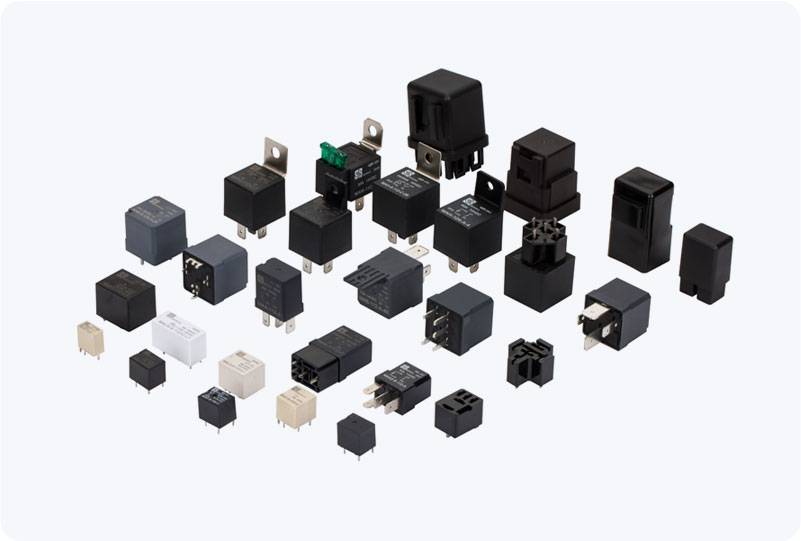Industrial relays are essential components in many electrical and automation systems, controlling the flow of electricity between circuits. They act as switches, often used to control large electrical loads with a smaller control signal. However, like any electronic component, relays can fail over time. To ensure that your industrial relay is functioning properly, testing it with a multimeter is a quick and effective way to identify potential issues. In this article, we’ll walk you through how to test an industrial relay using a multimeter, covering essential steps and tips to help you assess whether the relay is in good working condition.

1. Understand the Relay’s Components Before you start testing a relay, it is important to understand its components. Typically, industrial relays consist of three primary parts: Coil: The electromagnet that activates the relay when current flows through it. Normally Open (NO) Contacts: These contacts remain open when the relay is de-energized. When the relay is activated, these contacts close to complete the circuit. Normally Closed (NC) Contacts: These contacts remain closed when the relay is de-energized. When the relay is energized, they open, breaking the circuit. Knowing how these components function will help you when you begin testing.